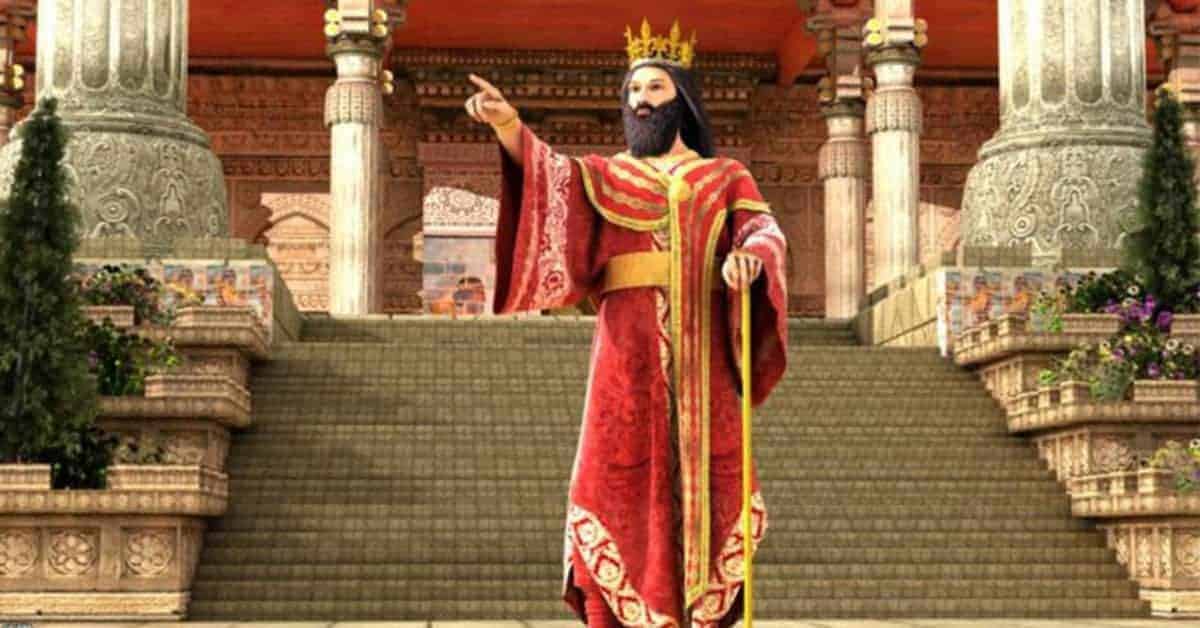Cyrus the Great (or Cyrus II) founded the Achaemenid Empire, and during his reign, Persia conquered much of Southwest and Central Asia and the Caucasus. By the time of his death in late 530 BC or early 529 BC, Cyrus had created the largest empire the world had yet seen at that point in history. His successors conquered territory as far as the Balkans in the west and the Indus Valley in the east.
Early Life
Little is known about Cyrus’ early life; his date of birth ranges anywhere from 600 to 580 BC depending on the account you read. There is a legend about Cyrus’ early years attributed to the historian Herodotus. Apparently, soon after Cyrus’ birth, his grandfather, the King of the Median Empire, Astyages, had a dream.
His magi interpreted it as a sign that Cyrus would eventually usurp him. Astyages wasted no time in telling his steward to murder the boy, but instead of following orders, the steward asked a herdsman to do it. The herdsman decided to hide the boy and raise him as his own son. After ten years, Cyrus’ behavior was clearly not like that of an ordinary boy, so the suspicious king questioned the herdsman and found out the truth. He tricked the unfortunate man into eating his own son’s flesh but allowed Cyrus to return to his parents.

The Great Revolt
In 559, Cyrus succeeded his father, Cambyses I, as the ruler of the kingdoms of Anshan and Persia. There are a variety of tales which describe the reasons for Cyrus to revolt against Astyages in 553 BC, but it is difficult to give any historical credence to them. One thing we do know is that Medians of all ranks were only too happy to get behind Cyrus which says a lot about him and his grandfather. At this stage, the Babylonians had broken ties with Medes which probably played a major part in the successful uprising.
The Nabonidus Chronicle suggests that Astyages attacked Cyrus first and gave command of the army to a general named Harpagus. Instead of starting a war with the King of Anshan, Harpagus switched sides and encouraged Cyrus to revolt against the Medes. The rebellion lasted approximately three years, and by 550 BC, Cyrus’ forces had managed to capture Ecbatana. Instead of murdering his fallen enemy, Cyrus pardoned Astyages and married his daughter, Amytis.
Cyrus had now united the Medes and Persia and was also the ruler of several other territories including Aria, Parthia, Armenia, and Cappadocia. It is likely that he placed vassal kings named ‘satraps’ in charge of each region. Rather than being content with his new kingdom, Cyrus was intent in expansion. The King of Persia wanted more, and the conquest of the Medes was just the start of many more wars.

